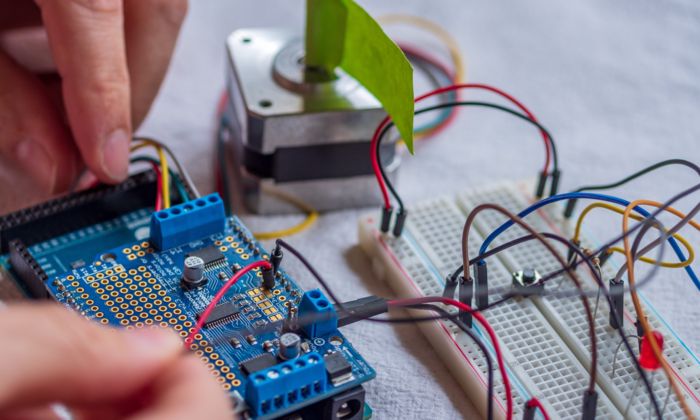Fields
PFE covers topics from a wide spectre of the currently most relevant fields of science and technology through theoretical research and practical implementation. These areas are described below.
Robotics
Robotics covers researching and constructing machines (robots) that can replace humans in either executing physical tasks or decision-making. Robots are frequently used for industrial purposes, where they execute simple, repetitive operations. Many aspects of robotics include artificial intelligence which allows the roobt to make decisions independently. For these types of behavior, a robot needs to be equipped with an array of sensors (for contact, temperature, positioning, vision) through which it can „sense” the environment. Robotics includes modelling of robots, simulating certain functionalities, constructing robots and analyzing their performance.
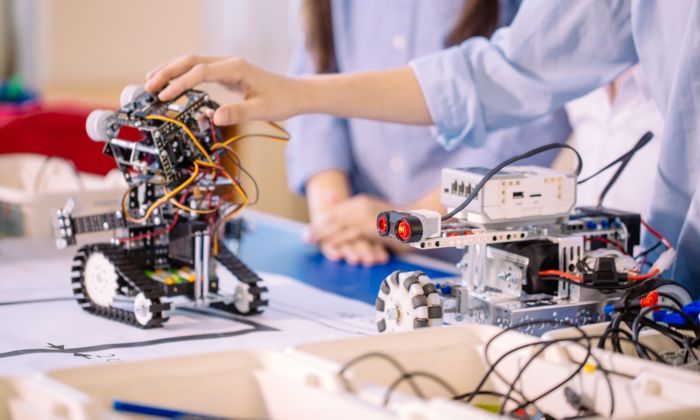
Machine learning
Machine learning (ML) is a branch of artificial intelligence which covers design of computer systems that learn with experience. The machine acquires this experience in the form of a database which can contain various types of information, such as images, text, audio and so on. Engineers in this field create mathematical definitions of problems that the machine needs to solve, as well as guiding the machine through the learning process. The goal of this process is forming systems that can solve tasks of the type they have learned independently and effectively. ML is an area that has expanded enormously over the last decade, in popularity as well as in applicability, and some interesting exampmles are detecting objects in images, identifying musical genres. automated text completion, forecasting stock market movements, alongside many others.
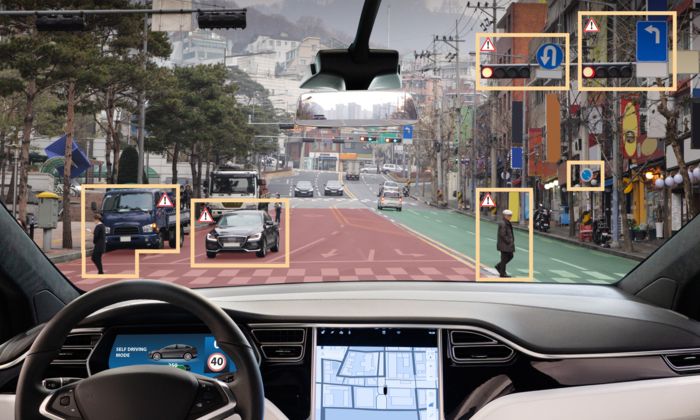
Computer vision
Computer vision (CV) is an area which strives to enable computers to understand images and videos and automate the human visual system. Examples of use of computer vision are automated object and event detection, space mapping, image reconstruction… Methods of digital data processing, machine learning, and geometry are used to implement computer vision systems. During the camp we worked on creating 3D spaces based on 2D images, identifying and detecting characteristics of human faces, detecting licence plates and signs, detecting styles of paintings, etc.
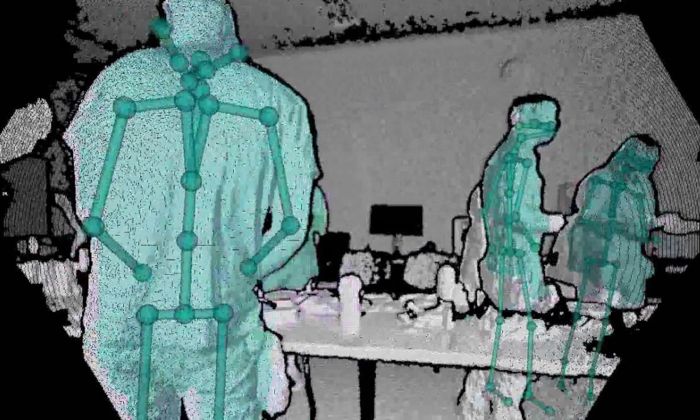
Simultaneous localization and mapping
Simultaneous localization and mapping (SLAM) is an area which covers determining position and orientation in space. Navigation can be considered an extension of this area for which, besides knowing the position of a moving object, it’s needed to map the space in order to avoid obstacles. For determining position it’s needed to measure distance from objects, for which we use principles of physics, geometry and computer vision. During the camp we implemented localization systems based on visible-light, ultrasonic and RF signals or based on markers, localization using a particle filter and space mapping with ultrasonic sensors.
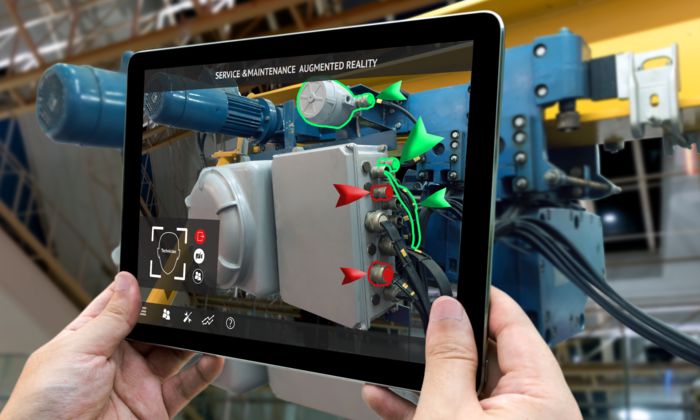
Control engineering
Control engineering is an engineering discipline which covers principles of automatic control and regulation of systems and devices. These systems consist of sensors, actuators and microprocessor systems that process sensor data and control actuators. Control engineering principles are widely applicable in robotics. Control engineering is an integral part of research projects in other areas, such as simulation of robots, but also suitable for research projects of its own, about stabilising quadcopters, regulating processes of various systems, etc.
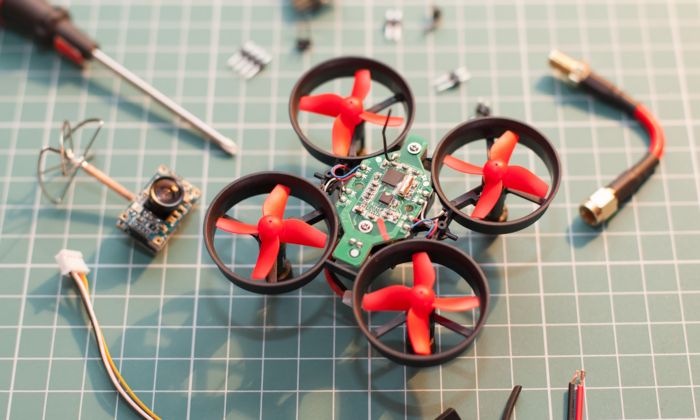
Signal processing
Signal processing is a discipline that covers mathematical manipulation of real-world signals such as voice, audio, video, temperature, pressure, etc. Signals need to be processed before the information they contain can be displayed, analyzed or transformed into a different kind of signal. Signal processing is unavoidable in most other areas - some examples are audio signals, speech processing, radar, sonar, seismology, voice recognition and many others.
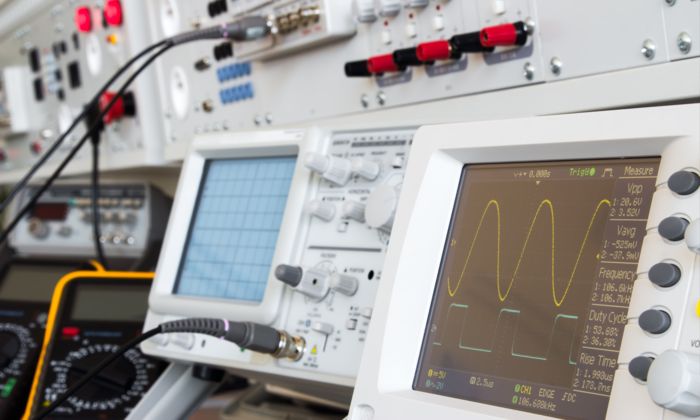
Bioengineering
Bioengineering directly relies of signal processing. Various medical problems can be solved through signal processing from various medical devices and applying artificial intelligence methods. During our camps we worked on classifying cancer and processing EEG and ECG signals.
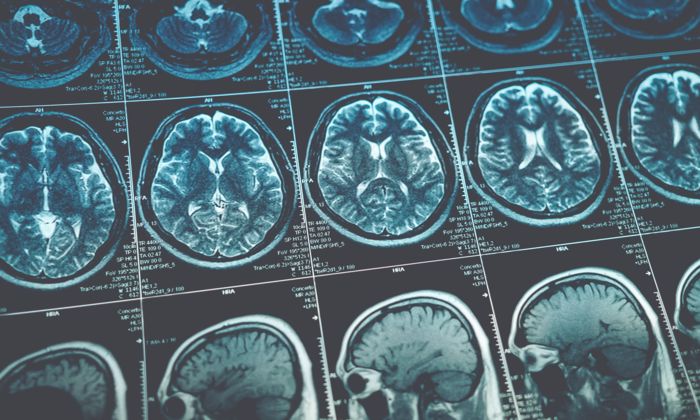
Applied physics
Applied physics is deeply rooted in fundamental knowledge and concepts of physics but oriented towards using those principles in real-world devices and systems, as well as applying physics in other scientific areas. This is why physical fundamentals need to be examined closely before being implemented in real-world systems. For this purpose computer simulations that can precisely describe systems are primarily used, from molecules in physical-chemical systems, through wave movements and electromagnetism to simulations of the full behavior of systems. On our camps we are particularly interested in simulations of electromagnetic phenomena because they are difficult to examine experimentally. simulations of wave movements for various applications, as well as simulations of chaos in electrical circuits.

Telecommunications
Telecommunications are a discipline that covers emitting, transferring and receiving messages (speech, sound, images, video, text, data, etc.) This wide concept covers design of all elements necessary to successfully realize remote communication, such as transmitters, receivers and transmission channels, but also studies of physical means of wave propagation through different environments, modulation and processing of signals, as well as information theory, data encryption and data protection.

Embedded systems
An embedded system is a computer system designed for a specific purpose and interaction with the external world. The development of embedded systems requires integration of hardware (microcontrollers, digital signal processors, FPGAs), software, real-time operating systems, telecommunications, sensors and actuators, into a complex, highly reliable system. Embedded systems are everywhere around us, in small home appliances, cars, computers and mobile phones, toasters, medical devices, aircraft…
